The world has witnessed numerous nuclear disasters, either emanating from atomic power plants or triggered by nuclear weapons. Despite the invisible and often very subtle nature of radiation, the environmental and health repercussions can be devastating.
Nuclear energy, hailed for its minimal greenhouse emissions and reduced reliance on fossil fuels, is an attractive power source. However, when mishandled, the consequences can be catastrophic, which can potentially wreak havoc on an entire planet.
These radioactive sites tell tales of human endeavors gone awry, leaving a lasting impact on the environment and the health of those exposed. From Fukushima's tragic meltdown to the forgotten corners of Mayak and Sellafield, each location serves as a stark reminder of the potential dangers associated with nuclear technology.
Interestingly, over the years, some radioactive sites gained global recognition and even started to attract tourists, while others remain hidden from the public eye. Here, we bring to you some of the most radioactive places on Earth.




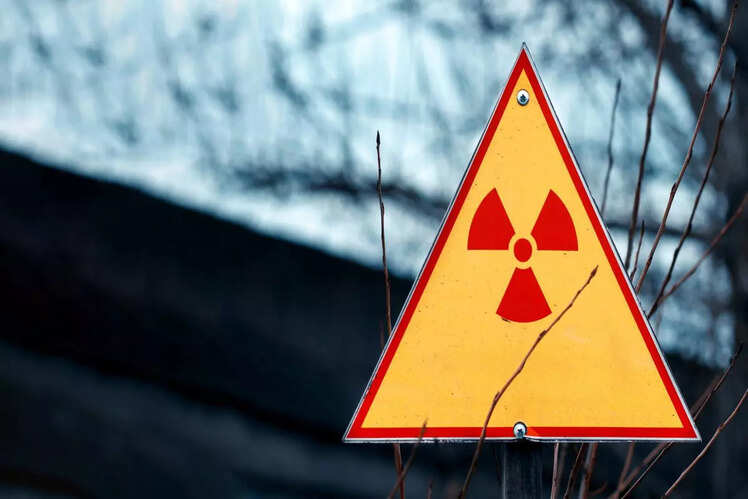



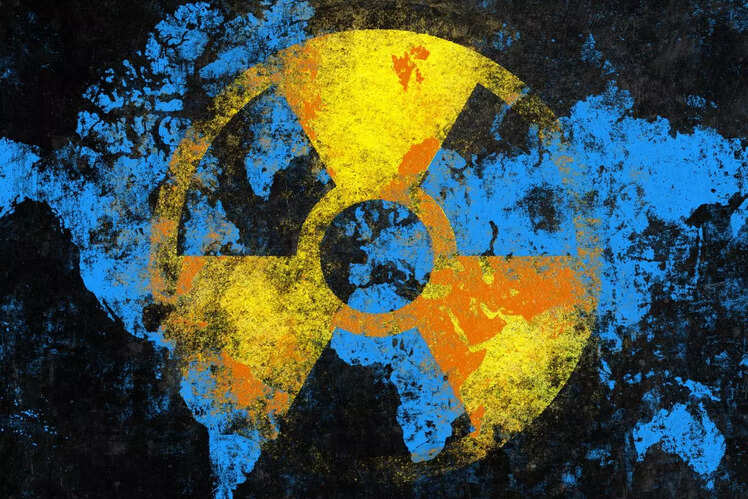



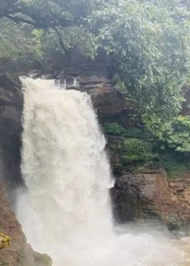


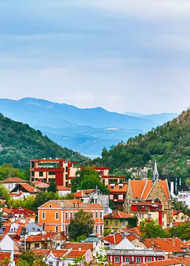


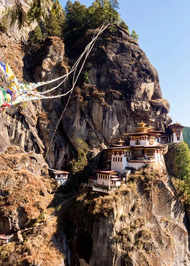

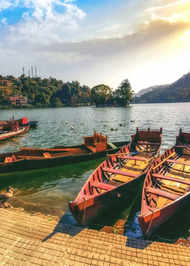
















Comments (0)